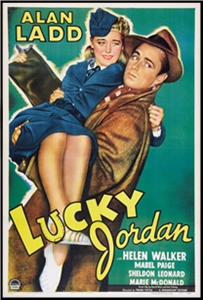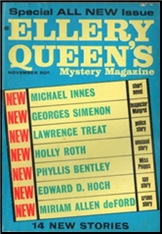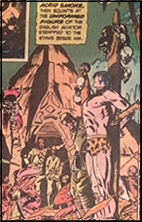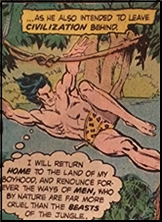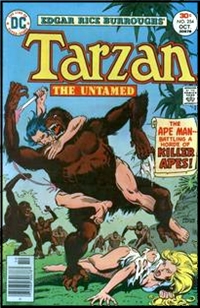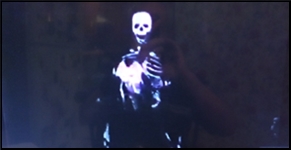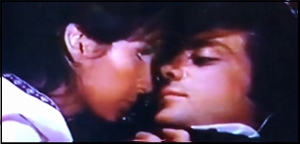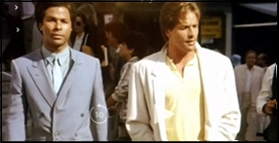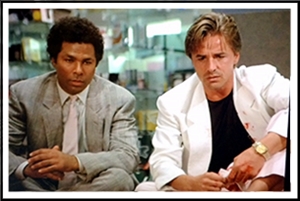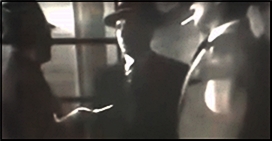Sat 7 Nov 2020
A Movie Review by David Vineyard: LUCKY JORDAN (1942).
Posted by Steve under Crime Films , Reviews[4] Comments

LUCKY JORDAN. Paramount Pictures, 1942.Alan Ladd, Helen Walker, Sheldon Leonard, Helen Page, Lloyd Corrigan, John Wengraf, Miles Mander. Screenplay by Darrell Ware, Karl Tunberg, Story by Charles Leonard. Directed by Frank Tuttle. Currently available on YouTube.
Flag waving gangster epic on a familiar note. Ladd is tough slick New York gangster Lucky Jordan who has just survived a murder attempt orchestrated by his partner Slip Moran (Sheldon Leonard) when he gets the bad news his shyster lawyer Ernest Higgins (Lloyd Corrigan) can’t keep him out of the Draft.
Ladd tries getting Annie (Helen Page) to pose as his needy mother, but when that doesn’t work, he is in the army and not handling it too well. Still he manages to meet beautiful WAC Jill Evans (Helen Walker) before getting thrown into the brig.
Lucky isn’t going to take that lying down and slugs a guard and escapes, managing to steal a car and kidnap Jill along the way. Despite that, the two, as is always the way when a good girl is kidnapped by a gangster in Hollywood’s Fairy Tale world, they fall for each other.
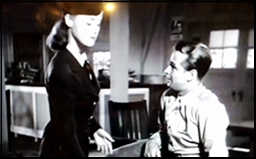
Once on the outside, he goes after his partner Slip, who he knows is moving in on his business and when they clash, he beats up Slip, who he discovers has secret papers he is selling to Nazi Spies.
Helen begs him to return the papers and become a hero, but Lucky see dollar bills to fund him in his life as a deserter.
When he goes to sell the papers back to Slip, Annie stops him warning him she saw Slip setting up an ambush. Lucky hides out with Annie, stores the papers in her place, and begins to warm to the old dame.
When he returns from arranging another meeting with Slip he finds he was followed home earlier and the thugs have worked over Annie. Lucky, not being too bright right then, gets slugged and the Nazi’s get the papers.
Don’t ask why they don’t kill him or the old woman. Maybe they are sentimental thugs.
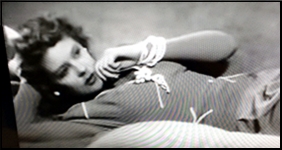
But Lucky’s two-timing secretary Mabel (Marie McDonald), knows one thing, the name of a flower, a rare tulip Slip talked about delivering. Lucky tracks down tulips and finds an estate up in Far Rockaway that has tours of its flower gardens. Along the way Jill has seen him and follows him.
And yup, it’s the Nazi hideout owned by Miles Mander, where John Wengraf has been dealing with Slip.
Slip arrives with the papers, but when he meets Mander in the greenhouse Lucky turns the water works on them and drops in through the glass ceiling to snatch the papers. There is some agile stunt work here, a little of it done clearly by Ladd, though not all.
But now he can’t escape the estate, and Jill, thinking Mander is working with the FBI (she is perfect for Lucky, not too bright herself) is unknown to her a prisoner, and when Lucky gets rid of the papers will the citizen he planted them on call the FBI, and can he stall Wengraf and Mander long enough for the FBI to get there?
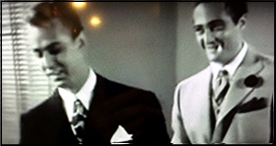
No Spoilers, but if you have any doubt, you don’t know Hollywood.
Though it is hardly in a class with Sam Fuller’s classic on the theme Pick Up on South Street or Mr. Lucky or as funny as All Through the Night, it is a fairly smart little film with a charismatic performance by Ladd as the usual tough guy with a heart, though to give him credit, his Lucky is far less sentimental than the same roles played by Lloyd Nolan and others in the same period. Even the ending hits a comically sour note.
Lucky Jordan is nothing new, nothing special, but it is well acted and written all around, and I confess I’m still a sucker for those Patriotic speeches given by tough guys who find out just how much fun it is to punch a Nazi in the face.
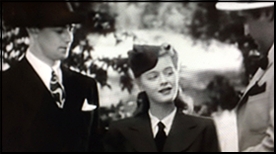
It’s an entire genre of Hollywood films with the good bad guy deciding he is more good than bad when it comes to flag waving and some of his former partners deciding they only see dollar signs.
Ironically it works in so many movies, and here it has Ladd at his most attractive, full of quiet menace, easy physicality, and a hint of something wounded behind his eyes. Walker is beautiful and smart, Leonard always good, Mander and Wengraf make for fine villainy, and the Damon Runyonesque Lady for a Day business between Ladd and Page is satisfying without getting cloying.
This is hardly up to the classic that Ladd and director Stuart Heisler put together in The Glass Key, but then there is no Veronica Lake or William Bendix, and at times this one is just a little rushed and half-hearted, an A film that is at heart a B with a little attitude.
